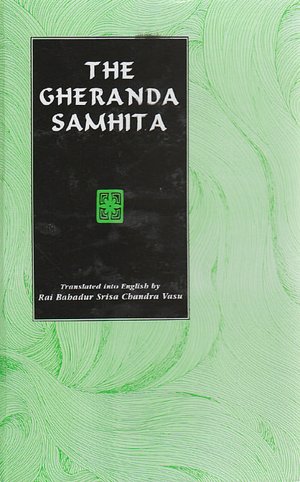How can we become more aware of ourselves and how we move in space? Can we begin to see new options and possibilities? We all breathe, so attention to breathing is a great place to start.
First, some theory. Check out Leslie Kaminoff's video "The Accordion and the Water Balloon":
Next, let's see how this works under the skin with Gil Hedley's "Exquisite lungs breathing":
First, some theory. Check out Leslie Kaminoff's video "The Accordion and the Water Balloon":
Next, let's see how this works under the skin with Gil Hedley's "Exquisite lungs breathing":
Now, we move into practice with this video of a Led Intermediate class at the main shala in Mysore, India. Remember, Led 2nd is invite only, so these are really experienced practitioners.
A bit more in practice with Pattabhi Jois (Guruji) leading Richard Freeman through the final asanas:
Here is some additional reading on the breathing we do in practice:
Ujjayi vs. Free Breathing David Robson (Toronto) discusses the learning process and breathing.
Ujjāyī vs. Free Breathing in Ashtanga Yoga (Hatha Yoga Pradipika) The HYP on breathing.
Ujjāyī vs. Free Breathing in Ashtanga Yoga (Gheranda Samhita) The GS on breathing.
If you are congested, you might want to try neti (jala or sutra -- ask your teacher).
Also, food can be a contributing factor. Here are some foods known to increase mucus:
- Sugar
- Meat
- Dairy
- Wheat
Why does how we breathe matter? Breathing can either limit or increase our space in asanas. It can either calm or agitate the mind and the nervous system. Also, the heat that comes from good breathing is essential to purification:
A vital aspect of internal purification that Pattabhi Jois teaches relates to the six poisons that surround the spiritual heart. In the yoga shastra it is said that God dwells in our heart in the form of light, but this light is covered by six poisons: kama, krodha, moha, lobha, matsarya, and mada. These are desire, anger, delusion, greed, envy and sloth. When yoga practice is sustained with great diligence and dedication over a long period of time, the heat generated from it burns away these poisons, and the light of our inner nature shines forth.







